The events of the Great Depression and the Second World War left an indelible mark on Mark Rothko and other New York School artists such as Jackson PollockAmerican painter Jackson Pollock (1912 – 1955) was one of the leading figures of Abstract Expressionism and the New York School. He is best known for his large action drip paintings, which he produced between 1947 and 1952, created by pouring and manipulating liquid paint atop canvases set on the floor. Pollock was born in Cody, Wyoming and grew up More, Lee Krasner, and Barnett NewmanBarnett Newman was a prominent American painter and a key figure in Abstract Expressionism and Color Field Painting. His works are known for their simplicity and spiritual depth, often featuring large, unbroken fields of color intersected by vertical lines he called "zips." Early Life and Career Barnett Newman was born on January 29, 1905, in New York City. He initially More. They were convinced that previous art styles were no longer appropriate in a world of Holocaust and atomic bombs. As a result, the artists devised paintingPainting is a fundamental form of visual art that has been practiced for thousands of years. It involves applying pigment to a surface such as canvas, paper, or a wall. Painting can be explored through various styles, techniques, and mediums, each offering unique possibilities for expression and creativity. Historical Background • Ancient Beginnings: The history of painting dates back to More styles that were devoid of any representational or narrative elements, concentrating solely on expression. Rothko and his colleagues used a variety of abstract techniques to convey universal emotions and strived to produce works of awe-inspiring intensityIn color theory, intensity, also known as saturation or chroma, refers to the purity and vividness of a color. This property is essential for artists and designers as it helps create dynamic and engaging visuals. Intensity determines how bright or dull a color appears, influencing the overall impact and mood of a composition. Defining Intensity Intensity measures the degree of More.
Where is the picture “No.8″ today?
The original picture of “No.8” part of the permanent collection of the National Gallery of Art in Washington, D.C.
What’s in it?
- In his composition of “No.8”, Rothko used a vibrant yellow background on which he placed blocks of bright red and different shadesIn color theory, a shade is a darker version of a color, created by adding black to the original hue. This concept is essential for artists and designers, as it allows for a range of deeper, more intense tones that can add depth and drama to a composition. Defining Shade A shade results from mixing a pure hue with black. More of white of an uneven intensityIn color theory, intensity, also known as saturation or chroma, refers to the purity and vividness of a color. This property is essential for artists and designers as it helps create dynamic and engaging visuals. Intensity determines how bright or dull a color appears, influencing the overall impact and mood of a composition. Defining Intensity Intensity measures the degree of More. The upper part is only partially covered, directly giving sight onto the yellow ground. Unlike his later paintings with independent colour blocks, “8” still includes overlapping elements: White lines flow across the block of red colour, almost reminiscent of running paint, and are again covered by an independent horizontal red bar.
- Like other New Yorker artists of his generation, Rothko experimented with categorical distinctions between representation, abstraction. He was ambitious to imbue nonfigurative art with transcendent content in the sense of the elemental role of myth and ritual in archaic culture: Largely undefined pictorial space described a realm that surpasses the two-dimensional while avoiding the elusive three-dimensional space of conventional representation.
- To achieve this effect, Rothko chose to use irregularly shaped edges which at some points merge with the ground, conveying a feeling as if the canvas was abounding in gentle movement, the blocks of colour emerging and receding, merging with the numerous translucent layers of wash.
What’s the context?
Rothko had read Friedrich Nietzsche’s “The Birth of Tragedy” (1872), which deeply influenced his understanding of his artistic mission. Nietzsche’s thesis discussed how classical mythologyMythology in art taps into the rich stories and symbols from ancient cultures. These narratives shape our understanding of history, morality, and human nature, offering a profound connection between the past and the present. From the ancient Greeks to the Norse sagas, mythological themes have deeply influenced artistic expression. Greek Mythology Greek mythology is one of the most popular sources More existed to overcome the terrifying mundanity of every day, mortal life. Rothko connected this notion to his paintings and began to see his work as a sort of mythologyMythology in art taps into the rich stories and symbols from ancient cultures. These narratives shape our understanding of history, morality, and human nature, offering a profound connection between the past and the present. From the ancient Greeks to the Norse sagas, mythological themes have deeply influenced artistic expression. Greek Mythology Greek mythology is one of the most popular sources More that could fill spiritual emptiness.
When paintingPainting is a fundamental form of visual art that has been practiced for thousands of years. It involves applying pigment to a surface such as canvas, paper, or a wall. Painting can be explored through various styles, techniques, and mediums, each offering unique possibilities for expression and creativity. Historical Background • Ancient Beginnings: The history of painting dates back to More “No.8” Rothko was going through a time of severe distress since his beloved mother Kate had died in October 1948. Tragedy manifested in his paintings, triggering wonder and awe through the sense of boundlessness and spatial abundance. Rothko wrote himself: “I think of my pictures as dramas, the shapes in the pictures are the performers.” Ecstasy, tragedy, myth, and the sublime were recurring themes in Rothko’s work.
Chatter and Prattle
Though not obvious in his late paintings of colour fields, Rothko was strongly influenced by fundamental elements of the Western human tradition, especially Greek mythologyMythology in art taps into the rich stories and symbols from ancient cultures. These narratives shape our understanding of history, morality, and human nature, offering a profound connection between the past and the present. From the ancient Greeks to the Norse sagas, mythological themes have deeply influenced artistic expression. Greek Mythology Greek mythology is one of the most popular sources More, and aimed at revealing the essence of these elements within his artwork. Rothko agreed with Nietzsche that Greek mythologyMythology in art taps into the rich stories and symbols from ancient cultures. These narratives shape our understanding of history, morality, and human nature, offering a profound connection between the past and the present. From the ancient Greeks to the Norse sagas, mythological themes have deeply influenced artistic expression. Greek Mythology Greek mythology is one of the most popular sources More could reach into the core of the human condition and was therefore bearing a timelessness that would allow them to continue to touch people centuries later. Rothko would not depict ancient stories in a narrative or representational way, but rather convey the essence of the emotions involved, the underlying “spirit”. Rothko further refrained from specifying precise interpretations for his works, since he believed in their potential for metaphysical or symbolic experiences and used ambiguous names for his compositions to allow each viewer to create their own sublime impressions.
Do you want to comment on this text or add information? We would like to hear from you.
Recommended Readings:
This article may contain compensated links. Please read Disclaimer for more info. As an Amazon Associate, I earn from qualifying purchases.
Christopher Rothko, Janet Bishop (2017): Rothko: The Color Field Paintings (Book for Art Lovers, Books of Paintings, Museum Books)
Jacob Baal-Teshuva (2015): Rothko (Basic Art Series 2.0)
Barbara Hess (2016): Abstract Expressionism (Basic Art Series 2.0)
Christopher Rothko (2015): Mark Rothko: From the Inside Out
Mark RothkoMark Rothko (1903 – 1970) is closely associated with the New York school, a circle of painters that emerged during the 1940s as a collective voice in American art. During his career spanning five decades, he created a new form of abstract art. Mark Rothko, Untitled (1964) Rothko was born in Daugavpils, Latvia, into a highly educated family and was More (2006): Writings on Art
Susan Grange (2016): Mark Rothko: Break into the Light (Masterworks)
James E. B. Breslin (1998): Mark Rothko: A Biography

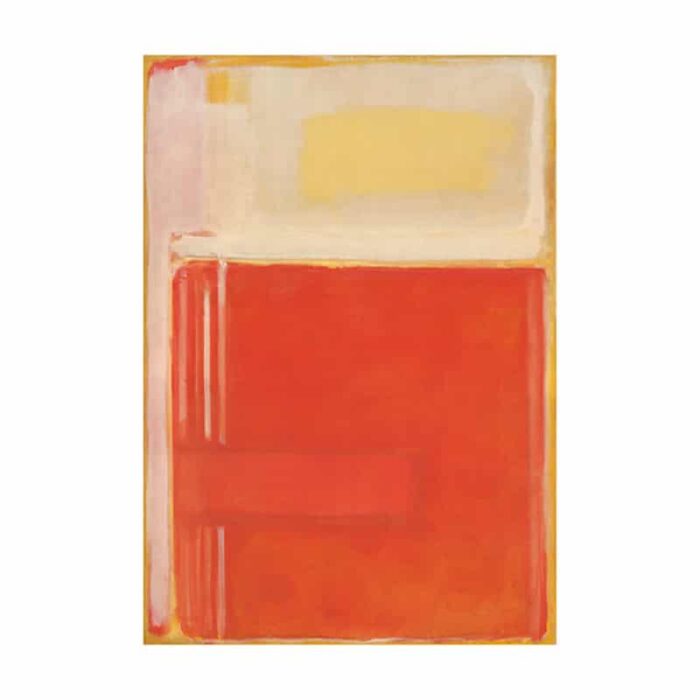
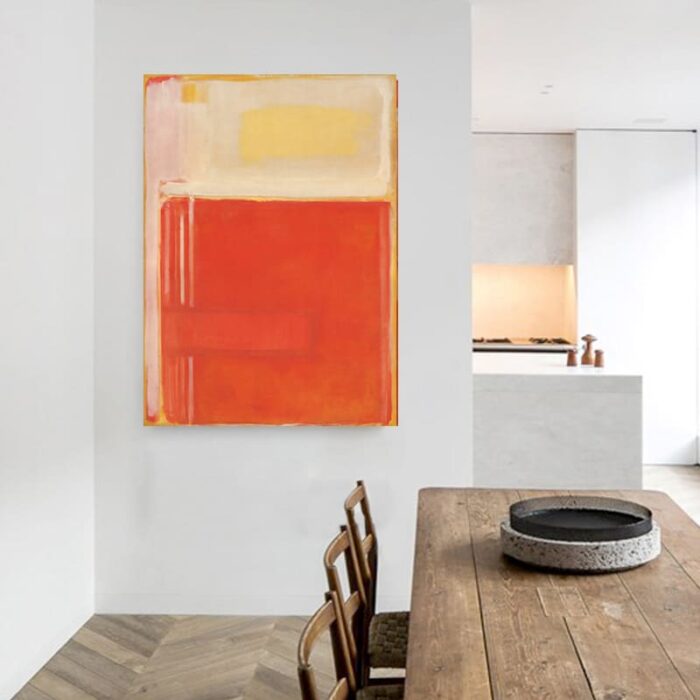
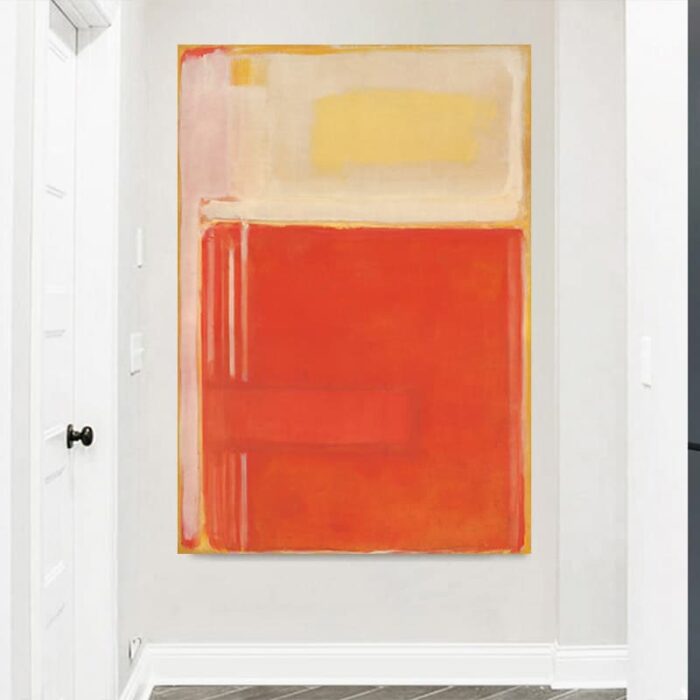
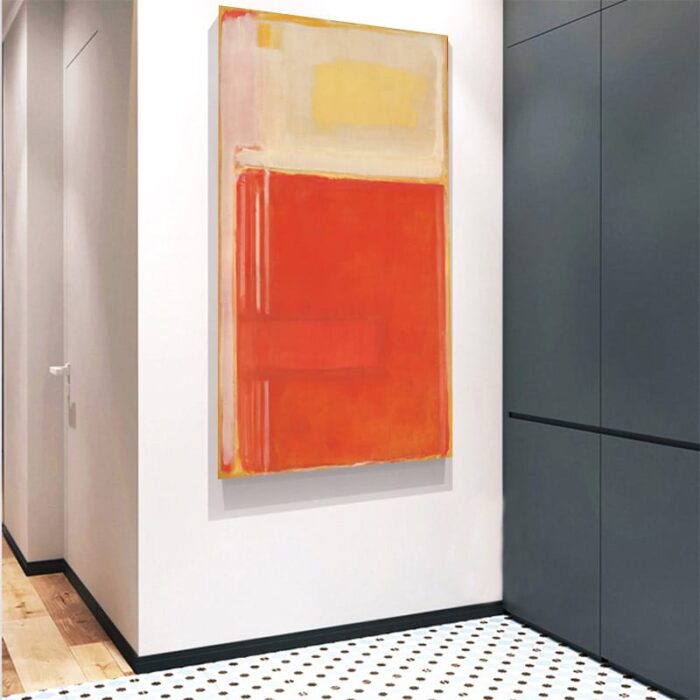
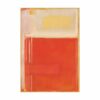

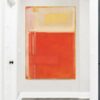

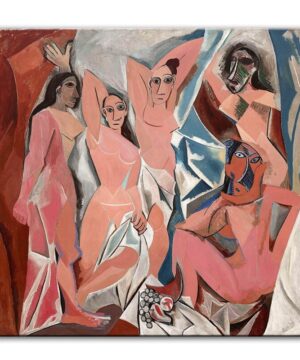
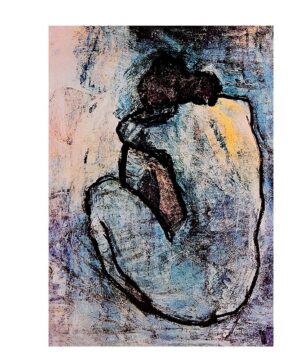
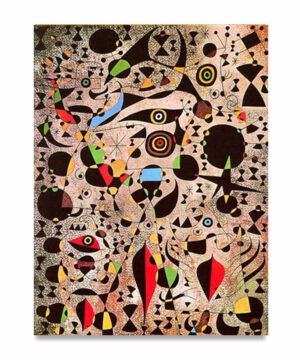
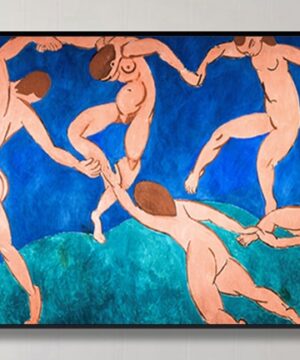
Reviews
There are no reviews yet.